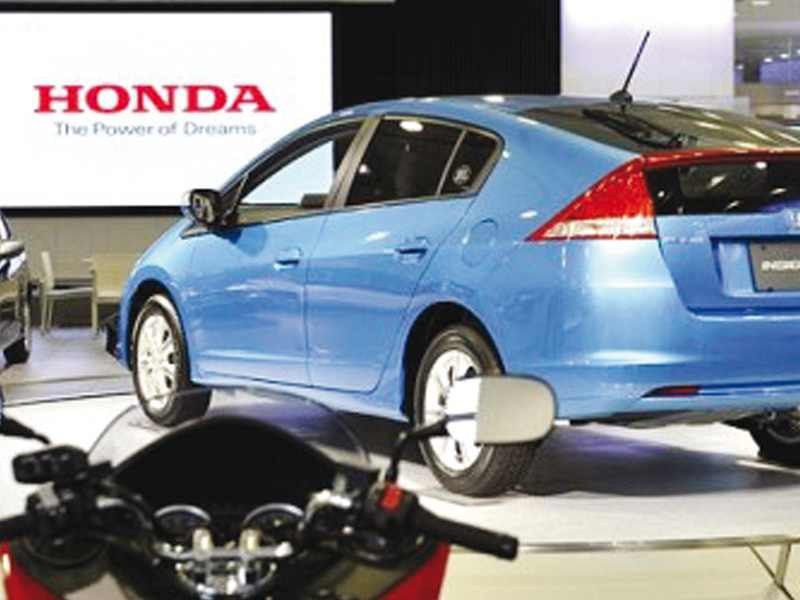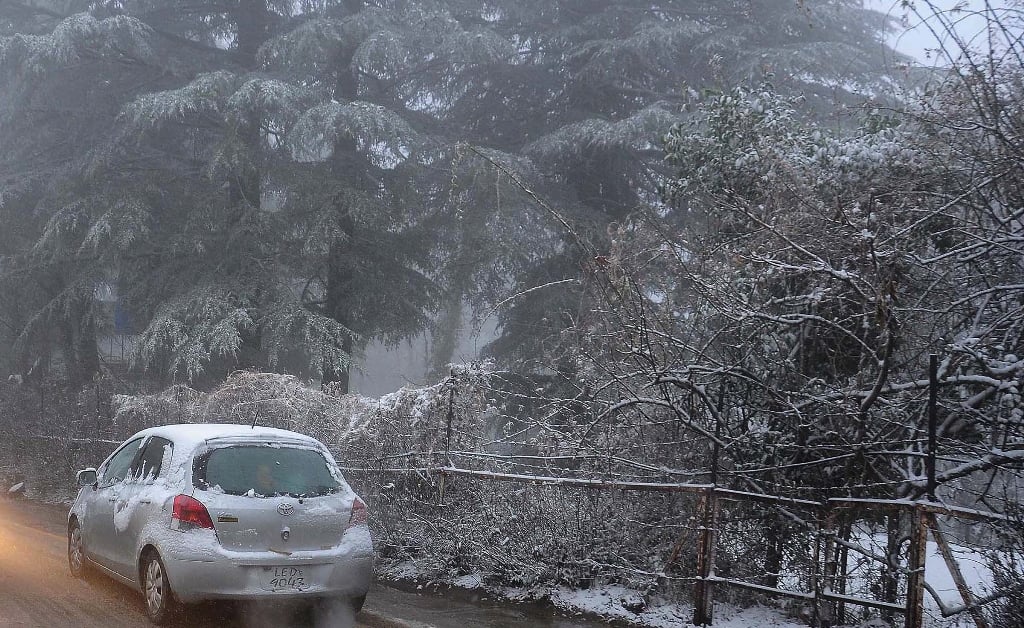
As insatiable appetite for four-wheelers continues, local car manufacturers have started preparing expansion plans to boost production in order to meet growing demands and to tackle the mantra of imported, reconditioned cars, which are gaining momentum and somehow denting the revenues of market players.
Honda Atlas Cars Pakistan Limited (HACPL) is also developing its own expansion plan. Chairman HACP, Yousaf H Shirazi, unveiled the company’s plans to double the production capacity in the coming years during the company’s 20th anniversary on Tuesday.
“Pakistan human resource is one of the best in the world, utilising their abilities HACP will now start working at full production capacity, which will lead us to double the production capacity in the coming years,” Shirazi said while speaking at the occasion.
HACPL, a joint venture of Honda Motor Company Limited Japan and Atlas Group of Companies, currently has a total production capacity of 50,000 units per year. The chairman wants this figure to be double to 100,000 units per year for which the company had already purchased a piece of land adjacent to their factory near Lahore.
“We were the pioneers in 70cc two-wheeler segments in 1962 followed by Honda Atlas cars after 30 years. We always proceed with ambition and youthfulness, continually improving our strategies and goals for better performance. Our every effort is to create a strong cultural blend of Honda and Atlas group, for the benefit of our business and society at large”, Shirazi said.
In last 20 years, HACPL has contributed Rs80 billion to the national exchequer in shape of taxes, he added.
“Challenges in Pakistan market are increasing and doing business here is not easy especially due to depreciation of Pak rupee, which force us to increase per unit prices,” said President Honda Motor Company Japan, Takanobu Ito. “But I am confident that our bond will become even stronger and our business will expand more in the future,” he added.
Since its inauguration, HACPL has produced a total of 227,476 units for its Honda Civic and Honda City models. The company has produced 3,000 units for its first ever Civic 1994 model. The second model of Honda Civic hit the market back in January 1996 and produced 15,290 units till January 2001. Meanwhile the company introduced its second car Honda City in January 1997 and closed the production in January 2003 by manufacturing a total of 16,640 units.
In January 2001, Honda Atlas introduced its third model of Civic and closed its production by manufacturing 40,680 units in June 2006. In January 2003, the company introduced its most dynamic model of Honda City, the most manufactured car in the company’s history so far. The company manufactured 58,380 units of the City before switching models in November 2008.
In June 2006, the company introduced Honda Civic Reborn, a Euro-compliance car, and manufactured 34,380 units before the switch to another model in August 2012. In December 2008, the latest Honda Civic was introduced and till the date company has produced 45,479 units of this model.
The latest Honda Civic model hit the market in September 2012 and till date 13,627 units have been produced.
Published in The Express Tribune, December 11th, 2013.
Like Business on Facebook, follow @TribuneBiz on Twitter to stay informed and join in the conversation.
COMMENTS (5)
Comments are moderated and generally will be posted if they are on-topic and not abusive.
For more information, please see our Comments FAQ























Success for local manufacturers is not only in expansion but also in diversifying the range of models. People are going for imported cars because they are tired of seeing the same local models in literally every other households (those who can afford). Lessons can be learned from UK automobile industry with diverse ranges by every manufacturer.
@Khurram Awan: Under the Prime Miniser Abe to promote Japanese exports Yen depreciated against US $ this year averaging 18%. Prices in automobiles in the US reduced substantially across the board, and yet Toyota made record profits after reduced prices. Secondly under SAFTA reccomendations the member administrations/countries will follow standards reccomended. What standards are being followed by PAMA in automobile production is a mistery? PAMA being an affiliate of JAMA should declare the international standardisation cateria by OICA, which is being followed by JAMA, followed by EU, US, China worldwide. Can we look to establish a Pakistan Kit Car Assemblers Association for a complete waiver of standardisation clause, as its just assembling a kit, for sale of a car, for tax relief applicable to manufactuer.
Doing business here is not easy especially due to depreciation of Pak rupee, which force us to increase per unit prices,” said President Honda Motor Company Japan, Takanobu Ito
Well Mr Takanobu Ito who is forcing you not to buy spare parts for Honda models from local Pakistani Engineering firms??. There are many engineering firms in Pakistan which can develop many parts for Honda and other car manufacturers but you outrightly reject them and only allow Indian and Asian companies to be your key supplier of Spare parts. Japanese consider Pakistanis as Inferior class and they never consider Pakistani firms to supply them anything.
For the last 20 years Honda is stating the same that Depreciation of Rupee or any Event in Japan or Thailand effect the production in Pakistan but they never allow local companies to supply spares for Honda.